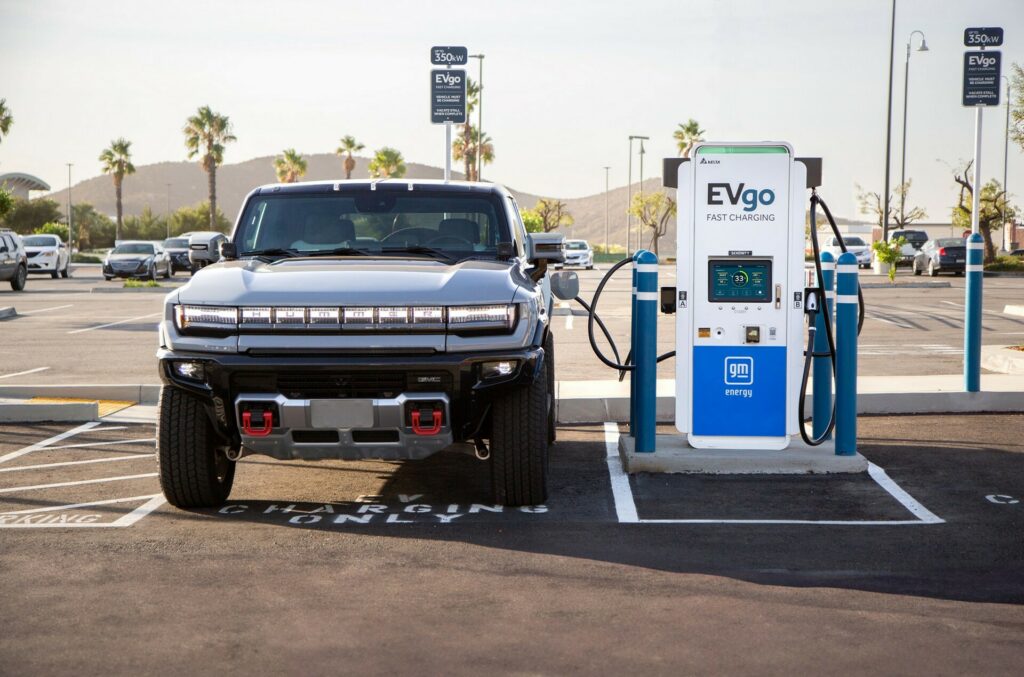- A new public-private partnership has led to the development of a common framework for a universal Plug & Charge capability.
- This means future EVs and charging stations will be able to talk to one another and seamlessly process payment information without having to worry about apps and log-ins.
- The new capability is expected to become operational next year, although it might take some time to roll out.
The early days of electrification weren’t for the faint of heart as there were three competing standards, limited charging infrastructure, and a hodgepodge of proprietary apps and accounts. Things have changed significantly since those dark days as the industry has coalesced around the North American Charging Standard, while Plug & Charge technology has become more common.
The latter is now getting supercharged in what the government called a “shining example of public-private partnership.” The Joint Office of Energy and Transportation as well as SAE’s Electric Vehicle Public Key Infrastructure Consortium announced a new common framework for a universal Plug & Charge capability.
More: GM’s Plug & Charge Tech Aims To Make Charging As Simple As Possible
This promises to be a game changer as “vehicles, chargers and charging networks all will be able to talk to each other for the first time, advancing the industry toward a universal solution so every driver can plug in and start charging at any public station in the future.”
That would make charging far more convenient as some vehicles only support a Plug & Charge capability at certain partner stations. So, if you stopped at an unsupported station, you’d have to jump through hoops to start the charging process.

As the government explained, the new framework allows for seamless payment processing and this means drivers won’t have to juggle with multiple apps or payment methods. Users can also expect greater security and convenience as well as the possibility for “transformative innovations.”
The Joint Office of Energy and Transportation didn’t elaborate much on the latter but mentioned vehicle-to-grid integrations and bidirectional energy flows. While that’s not much to go on, it’s not hard to read between the lines and envision a future where utility companies could potentially use the framework to pay you for drawing energy from your vehicle.
Gabe Klein, Executive Director of the Joint Office of Energy and Transportation, said “We are rapidly approaching a future where every EV driver can just plug in, charge up, and go; the network will talk to your car and process the payment seamlessly. This is a fundamental step … toward enabling bidirectional charging and true vehicle-to-grid integration, the holy grail for energy and transportation.”
H/T to Edmunds





